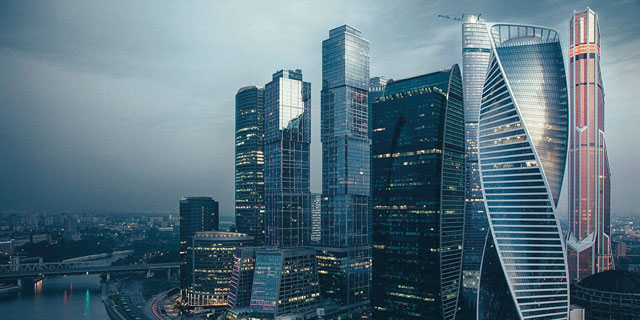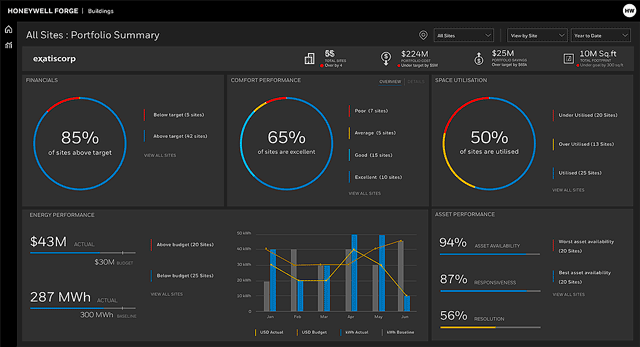
The systems used to manage different building services have grown in complexity in recent times, making it hard to see what is going on. Deborah Learoyd, offering management director at Honeywell, explains how to restore a holistic view.
Modern building portfolios have become so complex it’s difficult for managers to get the answers they need. In some cases, it’s hard to know what questions to ask about the health and efficiency of their operations. This is compounded when you consider today’s uncertainty over workforces returning to offices or students to university campuses.
Over the years, products have come to the market to help organisations understand their customer relationships (CRM) or their supply chain (ERP) by tying these systems into centralised tools that give a clear, holistic picture of the environment. The problem is that such tools do not currently exist for their operational data.
So what are the specific challenges and how can technology help to overcome them?
Challenges of building management
It’s difficult to see the big picture: Regarding people, process, assets and technology there is a black hole. Modern building portfolios are so complex that the number of systems involved – to control heating, ventilation, lighting security systems, alarms and so on – has grown exponentially, making it hard to keep track. Many of these either generate data in highly siloed systems or they do not generate any data at all. The data tends to be hard to access and analyse.
Specialised staff are in demand: Enterprises need large numbers
of skilled people to make sense of all the complexity, but those
people are harder to find and in high demand. Many employees
with the skills needed are reaching retirement age and the newer
generations are not entering the skilled labour workforce at the same rate, creating a talent vacuum. Therefore these specialised employees are rare, expensive and hard to find in the numbers needed.

The pace of improvement has slowed: Managers are being asked to cut costs and become more efficient. To complicate matters further, the traditional practices developed to measure and optimise building management have begun to reach their theoretical maximum effectiveness, or have never been fully applied to operational technology assets. Therefore gains are slow and incremental.
Technology for the future
In trying to optimise building management processes, the first area of focus for building owners and operators will be in automating maintenance. Facility managers must determine what problem to fix, when to do it and who to assign to the job, which can be difficult without having the necessary asset know-how and work order management capability.
There is a technology solution to support building managers in their endeavours. Honeywell Forge is a powerful enterprise performance management software solution that provides real-time data and visual intelligence. Honeywell Forge is an extensible platform that can be deployed in any cloud or data centre environment.
This technology offering brings cost savings, improved energy efficiency and better conditions for occupants. At Crown Towers Perth, a luxury hotel in Australia, the Honeywell Forge Digitized Maintenance solution helped reduce reactive work orders by 90% and provided faster inputs on potential maintenance issues compared with traditional annual maintenance schedules.
In the heating, ventilation and air conditioning (HVAC) operation alone – which is known to account for up to 60% of total energy consumption in commercial buildings – an artificial intelligence automated account system such as Honeywell Forge Energy Optimization can save between 10% and 20% in energy costs.
As building operators prepare for the workforce to start returning to offices and students to their campuses, it has never been more important to have complete control of and insight into their building portfolio. Honeywell Forge allows buildings to operate safely and efficiently, now and in the future.

